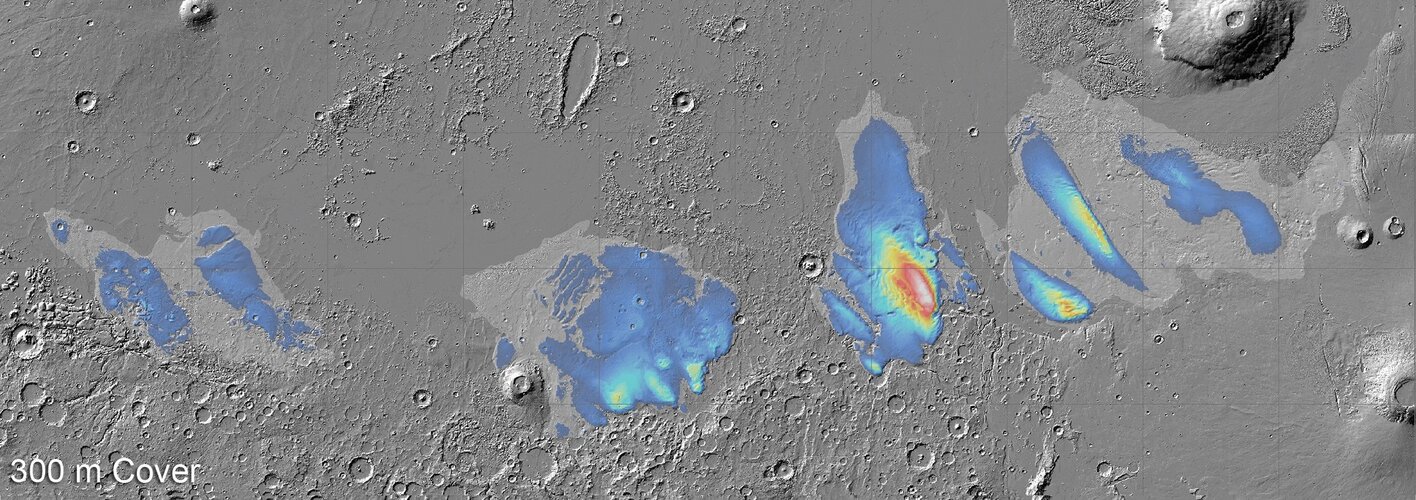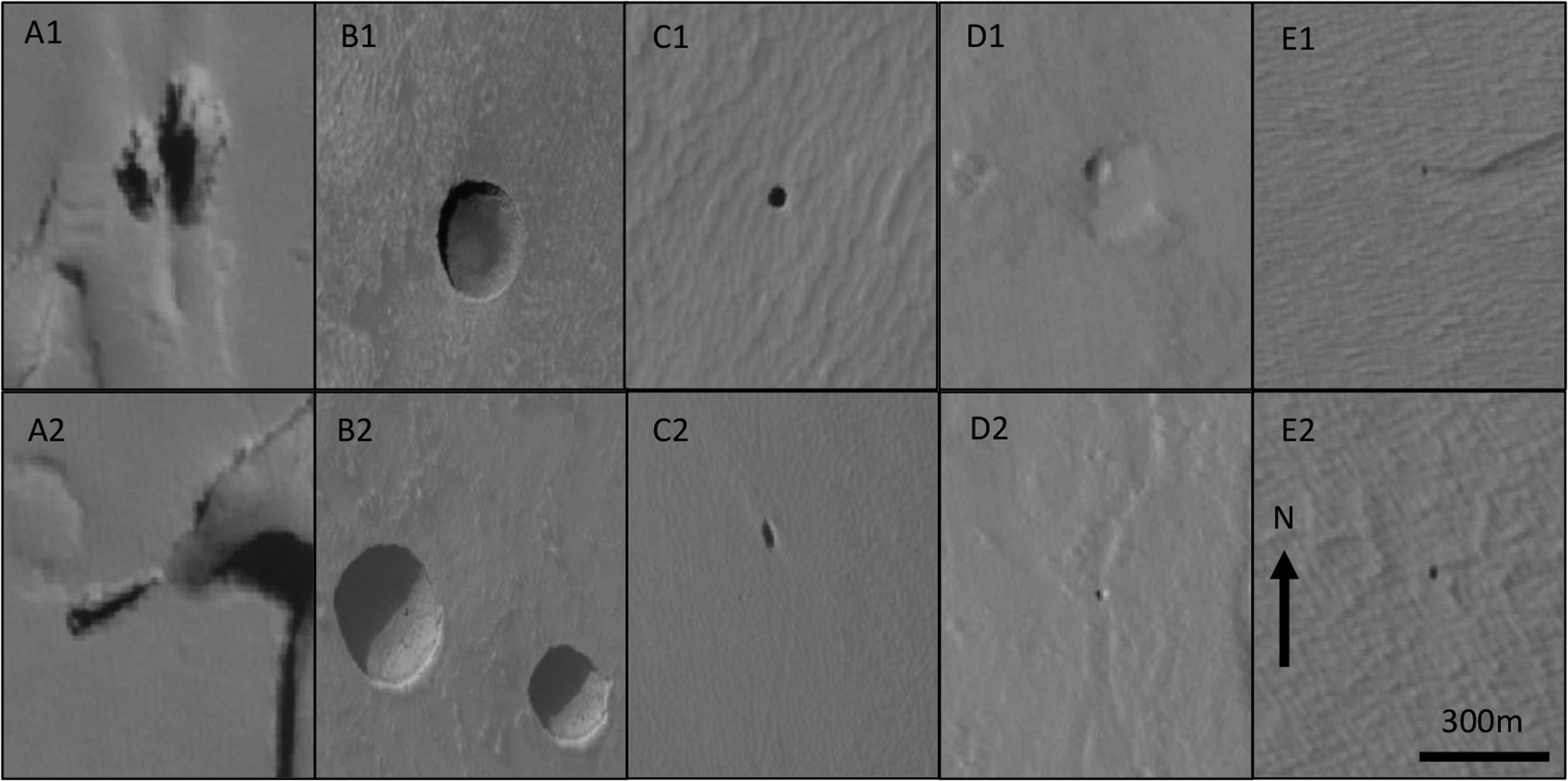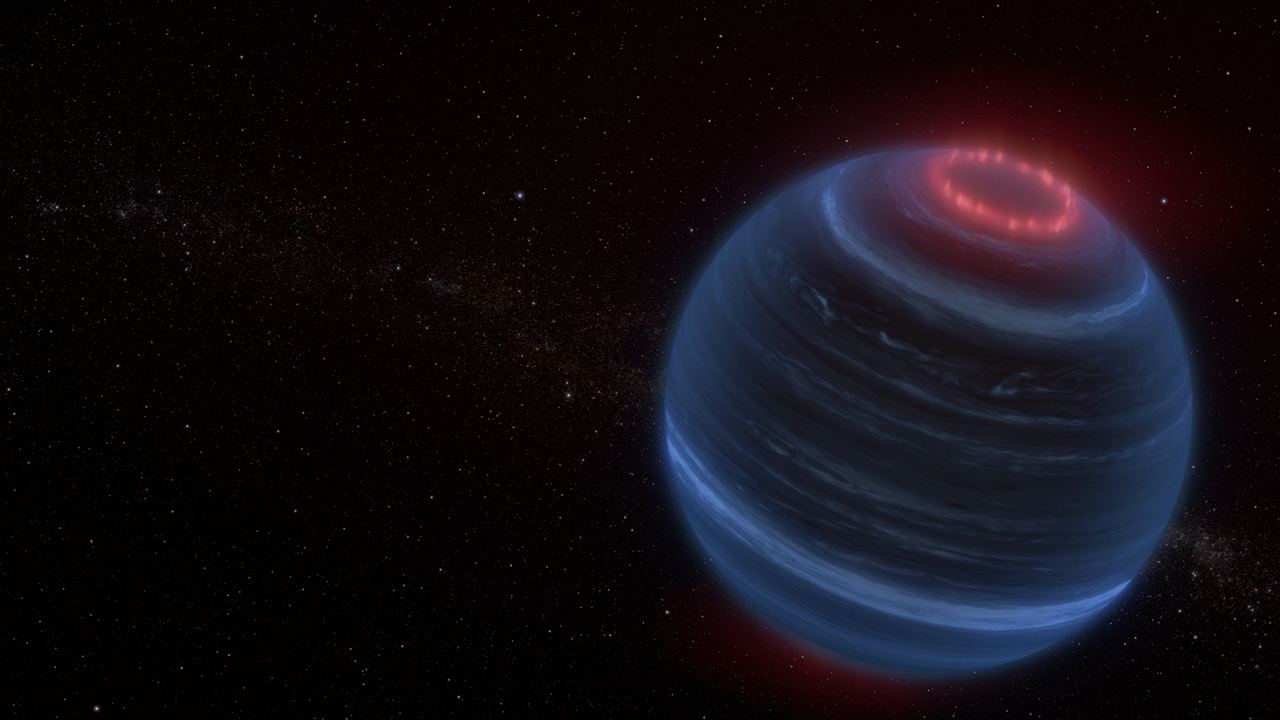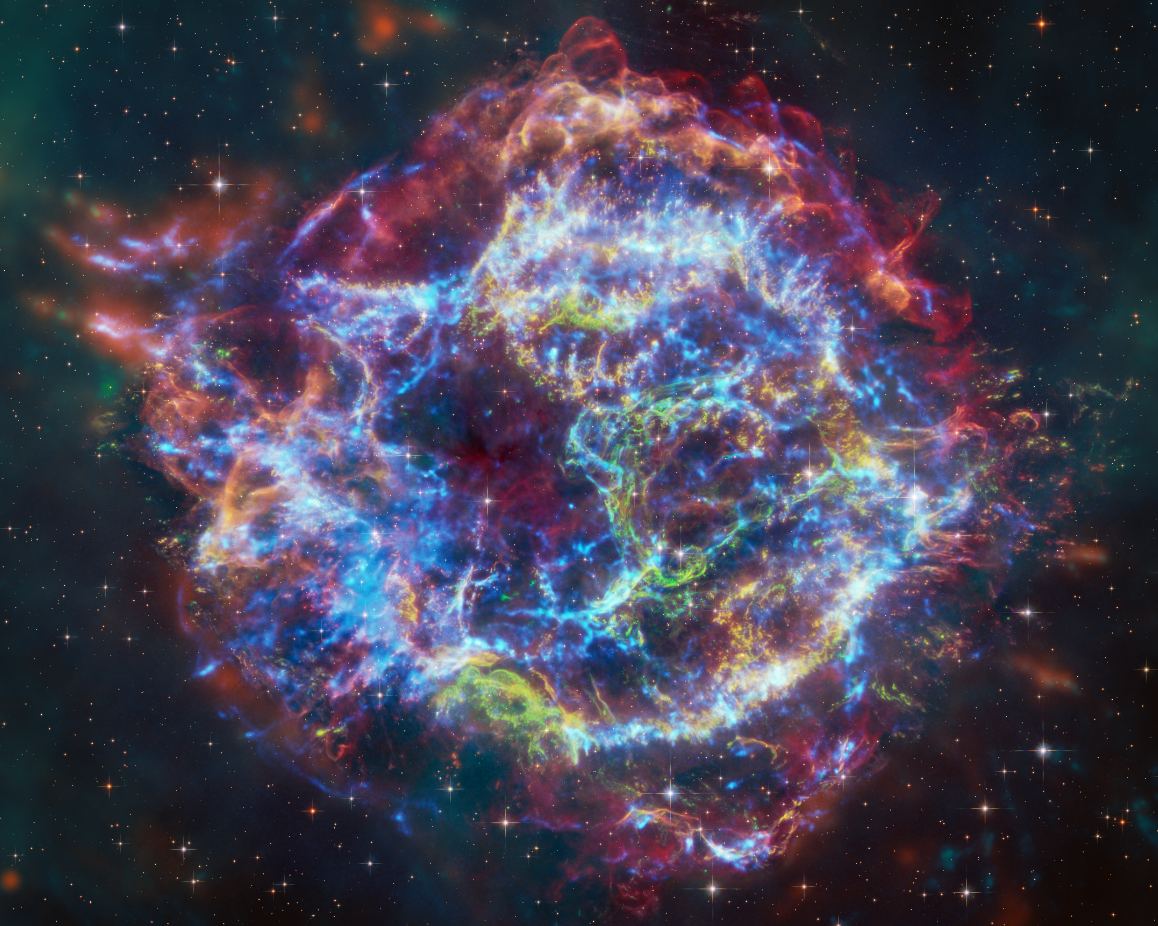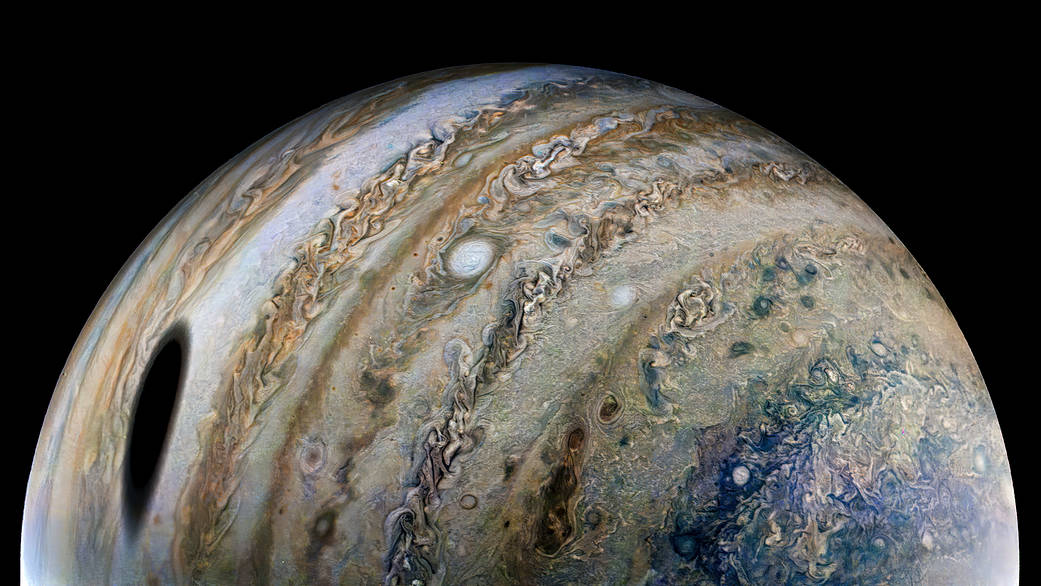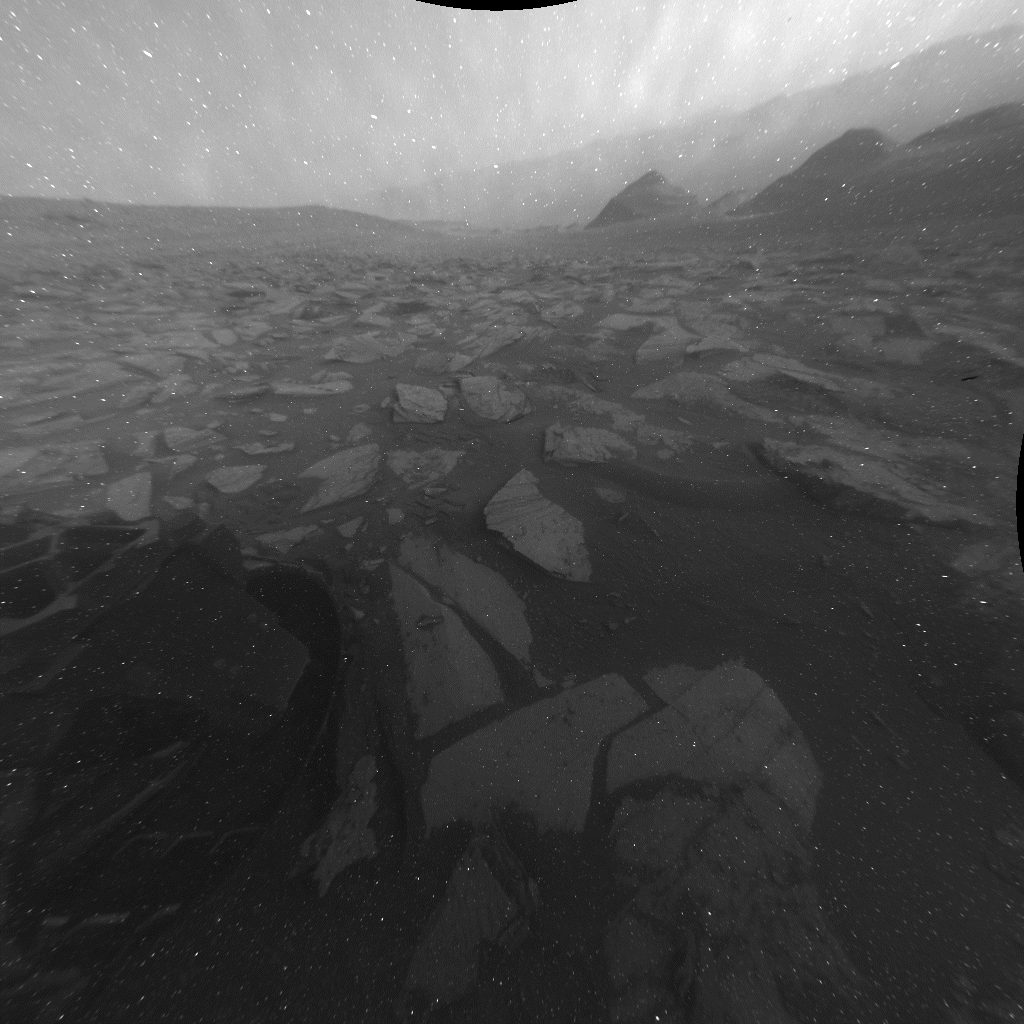Imagine remotely flying a drone or small aircraft from a great distance and loosing contact with it during flight. You’d likely assume the worst, that your aircraft was probably laying in a crashed heap in some remote location.
That’s what engineers at NASA’s Jet Propulsion Laboratory went through with the beloved Ingenuity helicopter on Mars, millions of miles away. During a recent quick pop-up flight that was supposed to last just 32 seconds, Ingenuity lost communications before it touched back down. The engineers back on Earth had no idea if the little helicopter landed safely or not.
Continue reading “NASA Lost Contact With its Ingenuity Helicopter Briefly, but it's Back”


